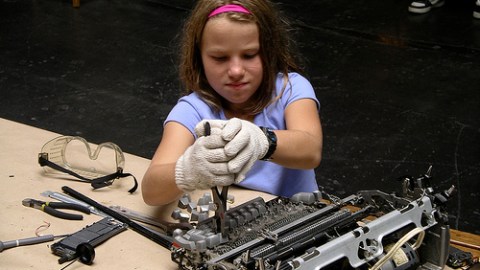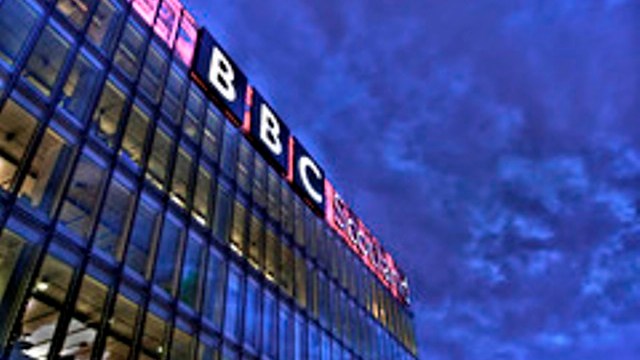Myth Busters: Merging the Formal with the Informal to Create a “Third Space” for Civic Science Education

More than 2 million people tuned in to see President Obama appear on Myth Busters last week, an appearance that the president used to symbolize his dedication to improving science education in the United States. The program was the highest rated in its time slot, propelled mostly by capturing an audience of 18-30 year old men.
Myth Busters ignites public imagination because the program embodies the type of playground learning context that young people and adults yearn for but seldom encounter at school. The unfortunate myth surrounding Obama’s Myth Buster appearance is that very few classrooms in the U.S. enable students to ask the creative questions or propose the types of experiments that Obama had the chance to suggest on the program (see video).
The activities depicted in Myth Busters are representative of what Oregon State University education scholar John Falk terms “free choice” science education, lifelong informal learning that is intrinsically motivated and largely under the choice and control of the learner. Free choice contexts include learning by interacting with media, family, friends, community organizations, and science centers such as The Exploratorium. Falk argues that the value and importance of free-choice learning has been consistently under-appreciated by policy-makers and decision-makers.
I began to consider this problem over the past week as I came across a recently published comprehensive review of cross-national reports and studies on trends and challenges in science education by Susan Stocklmayer and several colleagues.
Stocklmayer, director of The Centre for the Public Awareness of Science at The Australian National University, outlines a framework for incorporating “second space” informal science education-type activities and modes of learning into “first space” formal science education curricula. The result is a “third space” for science education that is likely to increase student engagement, clearly demonstrate the relevance of content, promote inquiry-based learning, provide for transdisciplinary contexts, and promote understanding of the social and historical context of science.
Reflecting some of my own emphasis on the need to invest in civic science education, Stocklmayer and colleagues argue that formal education must broaden to focus on more than traditional understanding of major scientific concepts, facts, and processes, but to also consider the role of science education in shaping civil society. In this regard, they emphasize that formal learning should lead to:
And here importantly, the authors drawing on research in the area, propose that activities and programs developed in the informal learning sector at science centers, museums, and related community programs, if integrated into the formal education setting, are uniquely suited for achieving these civic education outcomes.
In synthesizing available research on informal learning, they summarize several different factors from the informal sector that can enhance learning and individual engagement in the classroom. These include:
They write their conclusion that if these factors from the informal sector are to be incorporated into formal education—creating a third space for learning—it has to be a holistic approach driven by systematic revisions to the education system rather than a piecemeal effort where individual educators or scientists experiment with strategies.
See Also:
Stocklmayer, S.M., Rennie, L.J., & Gilbert, J.K. (2010). The roles of the formal and informal sectors in the provision of effective science education. Studies in Science Education, 46 (1), 1-44.
When the New Yorker Probes the “Decline Effect,” an Opportunity Emerges to Rethink Science Education
Investing in Civic Education on Climate Change: What Should Be the Goals?



